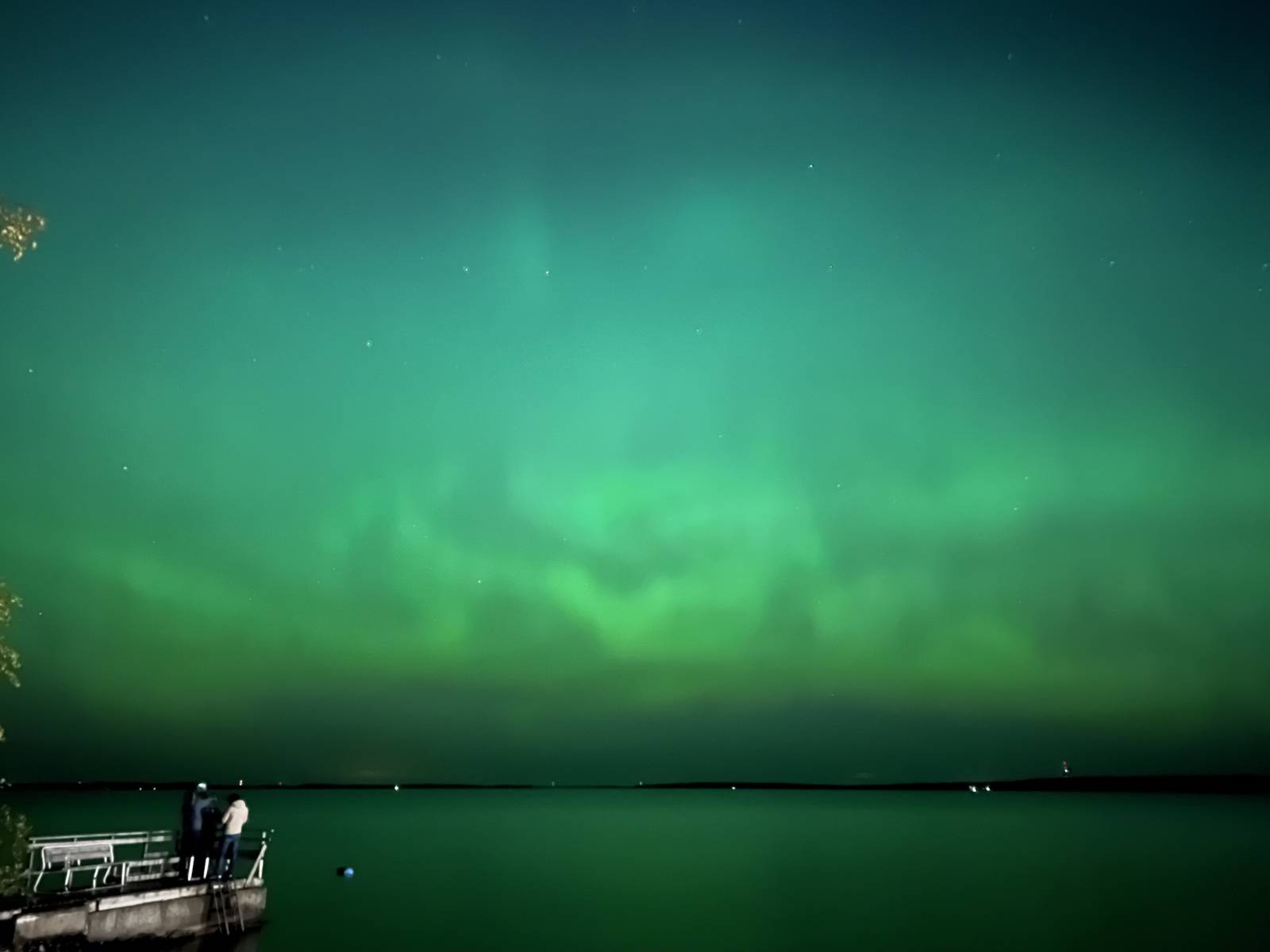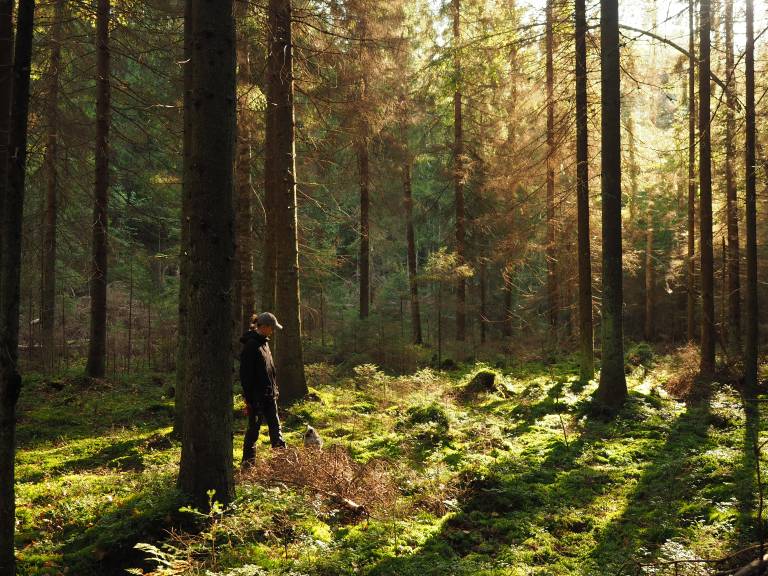Before 2017, I never thought I would ever visit, let alone live in Finland. Back then, Finland was a strange, unknown country to me. The only impression I had was that Finland was the ‘weird sibling’ of Sweden, and whose language was a drunken derivative of any Nordic language. Of course, I was aware that sauna kind of originated in Finland, and that a few more-than-decent F1-drivers also came from there. Nowadays, my view of Finland and Finnishness is, of course, a little more up-to-date.
The country and nature
The first thing that surprised me about Finland was how big the country actually is, especially compared to its mere population of 5.5 million people. If I compare that to the fact that the Netherlands is eight times smaller in surface, but has over three times as many people living there (17.1 million!!) Now I know that other countries are even more densely populated than the Netherlands, but it was still a surprise to see how much more space there is in Finland, even in a city such as Tampere, compared to where I am from in the Netherlands. And I come from the countryside, where there’s usually more space than in cities, so go figure.
Nature in Finland is, in my opinion, much more beautiful and interesting than in the Netherlands. Even in residential areas, there is always a lake (or multiple) and a forest area in walking distance, with a lot more natural greenery. In the Netherlands, both due to agriculture and urban development, forests are getting smaller, because of which there’s a need to artificially plant them wherever there is space left.
Beautiful nature phenomena that I’ve seen in Finland and not so much in the Netherlands are snow-covered trees, ‘ruska’ and, of course, Aurora Borealis. Conifers covered in layers upon layers of snow make for impressive and sometimes intimidating snow giants. But in the season before winter, in autumn, the deciduous trees give quite a show too. The fact that in Finland, they actually have given a name to the autumnal change of leaf colours, is quite poetic to me, even if ‘ruska’ technically happens everywhere in the world. Admittedly, I have seen the actual Aurora Borealis only once in Finland, but that’s already more than in the Netherlands. Also, yet again, the fact that the Northern Lights have the name ‘revontulet’ (“fox’s fires”) in Finnish due to ancient myths, makes it more interesting.
The architecture and system
Because of the more available space, there is less high-rise building in Finland than in the Netherlands. Roads are also wider than in the Netherlands – they can be really narrow, especially in residential areas – which make navigating them a little easier. However, there are little to no designated bike lanes, which makes biking a bit of a pain, at least in Tampere. However, when it is too dangerous to bike for half of the year, combined with the fact that Finland is quite hilly compared to the flat Netherlands, it is not that much of a problem. When we talk about building architecture, the two countries are, in my opinion, quite similar. Of course, the Netherlands is richer in old-style buildings and windmills, but otherwise modern-day buildings are similar to those in Finland. More than once, I’ve drawn parallels between Tampere and my old neighbouring city of Eindhoven.
This might be a controversial topic, but the Finnish systems and services are definitely difficult for non-Finns to access and use, especially if you don’t understand Finnish well enough. I have the luck that I am European – so my rights while living here are almost equal to that of a Finn, – my Finnish is good enough, and I have enough people to help me if needed, so I can access and use most public services, as well as benefit from social security, health insurance and tax cards.
The people, language and culture
Lastly, the most important part, the people, language and culture. Most Finnish people, especially compared to the Dutch, are very much minding their own business and don’t interact with others unless necessary (or drunk). This was one of the main reasons why I moved to Finland in the first place. I got sick and tired of people in the Netherlands being all up in my business, and I felt like I couldn’t do the things I really wanted to do. It felt very claustrophobic. So that’s why I like it better in Finland. People are a little more progressive here, and most of all, they reserve judgement of whatever it is you’re doing. Finland is almost like a playground for me, even though I have to be an actual adult here and build a stable life and career. One thing that it will always surprise me is the sober and calm attitude Finnish people have towards everything, be it something exciting, frightening or infuriating. It can be a good way to go through life but sometimes it leaves me yearning for a little more…emotion.
I would be lying if I would say the Finnish language is easy. It is not. It is very hard to determine where to begin with it. It doesn’t look like any other language I know, as it is in its own language family together with Estonian and, surprisingly, Hungarian. Taking lessons will only get you so far, as people all across the country have their own colloquial way of speaking. And even then, Finnish is rich in the way that there are certain ways of saying things, i.e. and idioms and analogies, and words can mean more than one thing depending on the context. While most Finnish people speak English quite well, it is, in my experience, much more appreciated if you’re able to speak Finnish. Being exposed to the language and using it as much as you can, aka forcing yourself to speak it definitely helps.
Despite the negative points, I like how much of the Finnish traditional culture is connected to the nature. Sauna, of course, and outdoor hobbies such as skiing, ice skating, water sports and gathering mushrooms and berries have been a part of almost every Finn’s life. Compared to that of Dutch people, I have to say that Dutch traditional culture is kind of generic central European, or even global. Finnish cuisine might not be as adventurous or exquisite as more intercontinental cuisines, but most of Finnish food has a familial, home-cooked feel to it, and is for the most part quite scrumptious. Who doesn’t like pulla, coffee and a bowl of nice, warm, salmon soup?




Comments